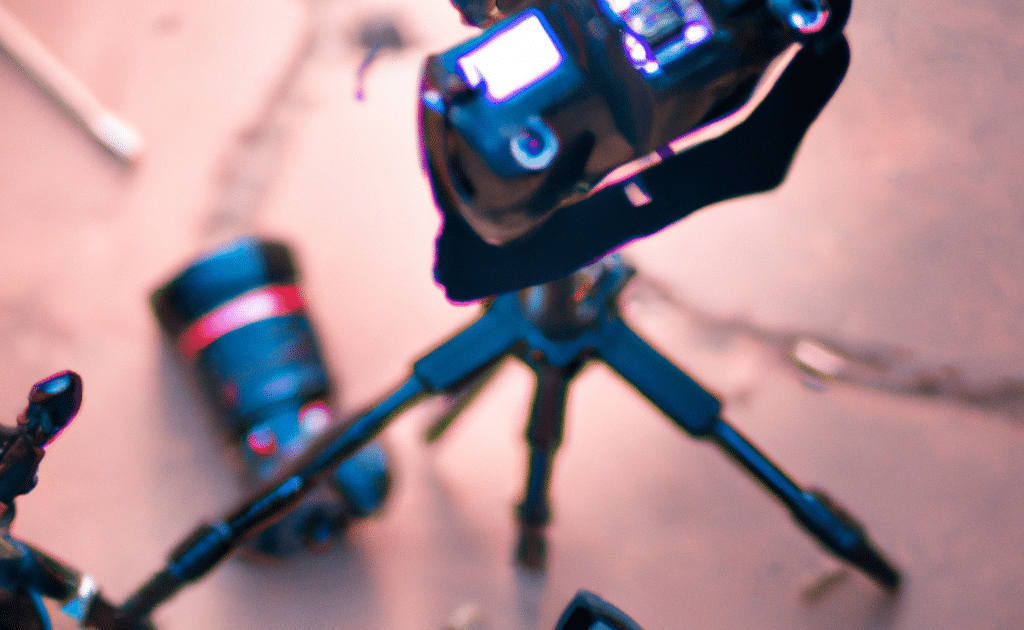Capture steady and professional-looking videos with the perfect tripod for your DSLR camera.
When it comes to shooting high-quality video footage, having a stable and reliable tripod is essential.
Whether you’re a professional videographer or an enthusiastic amateur, investing in the right tripod can greatly enhance the quality of your videos.
In this article, we will guide you through the process of choosing the right tripod for DSLR video recording, taking into consideration factors such as stability, weight, height, and versatility.
From lightweight travel tripods to heavy-duty studio supports, we will explore the various options available in the market and help you make an informed decision.
So, let’s dive in and discover the tripod that will take your DSLR video recording to the next level!
Stability is Key
When it comes to DSLR video recording, stability is key. A shaky camera can ruin even the most well-composed shots. That’s why investing in a tripod that offers excellent stability is crucial. Look for tripods that are made from sturdy materials such as aluminum or carbon fiber. These materials provide a solid foundation and minimize vibrations. Additionally, consider tripods with features like adjustable leg angles and rubberized feet, as they can further enhance stability by providing a firm grip on various surfaces.
Another factor to consider is the tripod’s load capacity. DSLR cameras can be quite heavy, especially when paired with large lenses or additional accessories. Therefore, it’s important to choose a tripod that can support the weight of your camera setup. Check the maximum load capacity of the tripod before making a purchase. It’s always better to opt for a tripod that can handle a slightly higher weight than your current setup to ensure stability and prevent any potential accidents.
Furthermore, pay attention to the tripod’s center column. Some tripods come with a center column that can be extended or retracted, allowing you to adjust the height of your camera. This feature can be useful when shooting at different angles or heights. However, keep in mind that extending the center column too much can compromise stability. If you frequently shoot at low angles or require maximum stability, consider a tripod with a shorter or removable center column.
In addition to stability, portability is another important aspect to consider. If you often shoot on location or travel frequently, a lightweight and compact tripod will be your best companion. Look for tripods that are easy to carry and can be folded down to a manageable size. However, be cautious not to sacrifice stability for portability. Strike a balance between the two, ensuring that your chosen tripod is both sturdy and easy to transport.
Lastly, consider the type of video recording you primarily engage in. If you frequently shoot fast-paced action sequences or follow moving subjects, a tripod with a fluid head is highly recommended. Fluid heads provide smooth panning and tilting movements, allowing you to capture dynamic shots with ease. On the other hand, if you mainly shoot static shots or require precise adjustments, a tripod with a ball head might be more suitable. Ball heads offer quick and easy positioning, making them ideal for still photography as well.
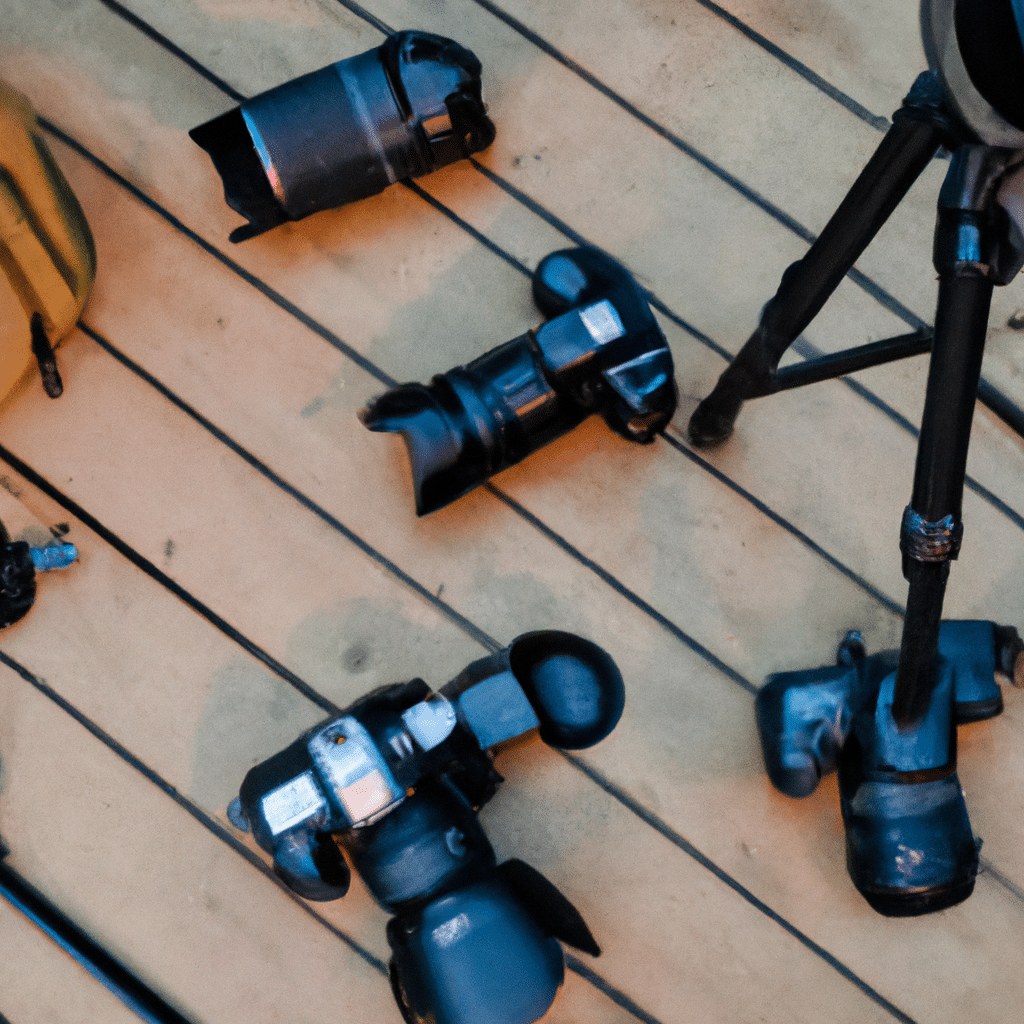
Finding the Right Height
Finding the right height for your tripod is essential for comfortable and efficient video recording. The height of the tripod will depend on your shooting style and preferences. Here are a few factors to consider when determining the ideal height for your tripod.
Firstly, think about your own height and shooting posture. If you are taller, you may prefer a tripod that extends to a higher height to avoid stooping or bending down while recording. Conversely, if you are shorter, a tripod with a lower minimum height may be more suitable for you. Consider tripods with adjustable leg sections and center columns to accommodate different shooting heights.
Secondly, consider the type of videos you usually shoot. If you often record interviews or vlogs where you need to maintain eye-level contact with your subject, a tripod with a taller maximum height would be advantageous. On the other hand, if you frequently shoot low-angle shots or macro videos, a tripod with a lower minimum height and the ability to spread its legs wide would be beneficial.
Additionally, keep in mind the weight and stability of the tripod at different heights. Some tripods may become less stable when fully extended, especially if they are lightweight or have a narrow base. Ensure that the tripod remains steady and secure even at its maximum height to avoid any wobbling or potential accidents.
Furthermore, consider the versatility of the tripod in terms of height adjustments. Some tripods offer additional features such as a reversible center column or a multi-angle center column that allows you to shoot from various perspectives. These features can be particularly useful when shooting in tight spaces or capturing unique angles.
Lastly, don’t forget to take into account the weight and portability of the tripod at different heights. If you frequently shoot on the go or need to hike to remote locations, a lightweight and compact tripod that can still reach your desired height would be ideal. Look for tripods that strike a balance between stability and portability, ensuring that they are easy to carry and set up wherever your video recording adventures take you.
Additional Features to Consider
When choosing a tripod for DSLR video recording, there are several additional features that you may want to consider. These features can enhance your shooting experience and provide added convenience and versatility.
One important feature to look for is a quick-release plate system. This allows you to easily attach and detach your camera from the tripod, saving you time and effort. Look for tripods that come with a reliable and secure quick-release plate system that is compatible with your camera model.
Another useful feature is a built-in level or bubble level. This helps you ensure that your camera is perfectly level, especially when shooting landscapes or architectural videos. It eliminates the need for manual adjustments or post-processing corrections, resulting in straight and well-aligned shots.
Some tripods also come with a hook or a weight bag attachment at the bottom of the center column. This allows you to hang additional weights, such as a camera bag or sandbag, to increase the stability of the tripod, especially in windy conditions. This feature can be particularly useful when shooting outdoors.
Additionally, consider the ease of use and adjustability of the tripod’s legs. Look for tripods with quick-lock leg mechanisms that allow you to set up and adjust the height of the tripod quickly. Some tripods also offer multiple leg angle positions, allowing you to shoot from low angles or on uneven terrain.
If you often shoot in challenging environments or extreme weather conditions, consider a tripod that is weather-sealed or resistant to moisture and dust. This ensures that your tripod remains in optimal condition and can withstand the elements, providing reliable performance even in rugged outdoor settings.
Lastly, think about the overall build quality and durability of the tripod. A well-built tripod will last you for years and withstand regular use. Read reviews, check customer feedback, and choose a reputable brand known for producing high-quality tripods. Investing in a reliable and durable tripod is a long-term investment in your videography equipment.
In conclusion, choosing the right tripod for DSLR video recording is essential for capturing stable and professional-looking footage. By considering factors such as stability, weight, height, versatility, and additional features, you can find a tripod that perfectly suits your needs and enhances your video recording experience.
Stability should be your top priority when selecting a tripod. Look for tripods made from sturdy materials like aluminum or carbon fiber, and consider features like adjustable leg angles and rubberized feet to enhance stability. Additionally, pay attention to the tripod’s load capacity to ensure it can support the weight of your camera setup.
Finding the right height is crucial for comfortable and efficient video recording. Consider your own height, shooting style, and the type of videos you usually shoot when determining the ideal height for your tripod. Look for tripods with adjustable leg sections and center columns to accommodate different shooting heights.
Don’t forget to strike a balance between stability and portability. If you frequently shoot on location or travel, a lightweight and compact tripod will be your best companion. However, ensure that the tripod remains sturdy and secure even at its maximum height to avoid any wobbling or accidents.
Consider the type of video recording you primarily engage in. If you shoot fast-paced action sequences or follow moving subjects, a tripod with a fluid head is highly recommended. On the other hand, if you mainly shoot static shots or require precise adjustments, a tripod with a ball head might be more suitable.
Take advantage of additional features such as a quick-release plate system, built-in level, weight bag attachment, and adjustable legs to enhance your shooting experience. These features can provide added convenience, versatility, and stability.
Lastly, invest in a tripod that is built to last. Look for reputable brands known for producing high-quality tripods and ensure that the tripod is durable and reliable. A well-built tripod is a long-term investment in your videography equipment.
So, why settle for shaky and unstable footage when you can elevate your DSLR video recording with the right tripod? Choose stability, versatility, and durability. Choose the tripod that will unlock your creative potential. Are you ready to take your videos to new heights?
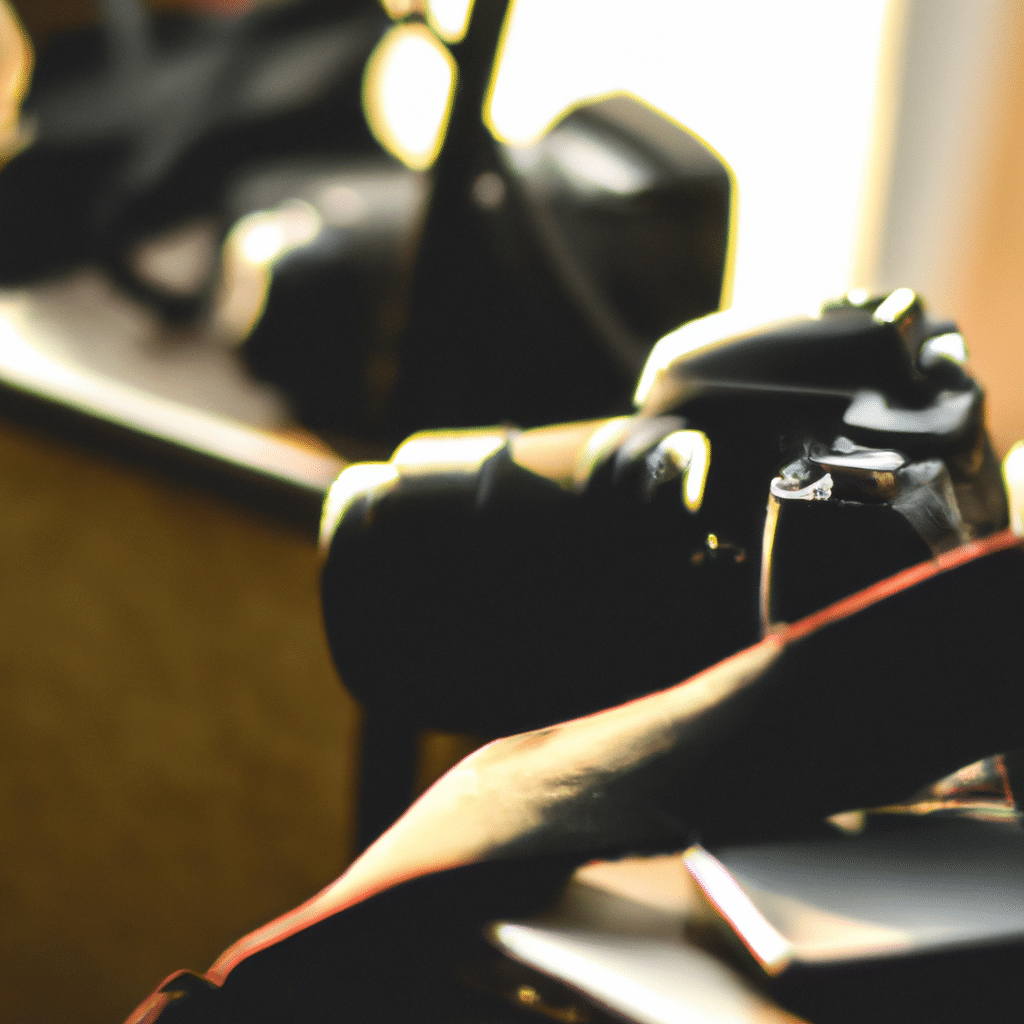
If you’re interested in exploring creative ways to enhance your tripod’s functionality, you might want to delve into the world of DIY tripod hacks and modifications. Discover how you can customize your tripod to suit your specific needs and shooting style. From adding extra attachments to improving stability, these DIY hacks can unlock the potential of your tripod. Learn more about DIY tripod hacks and modifications here.
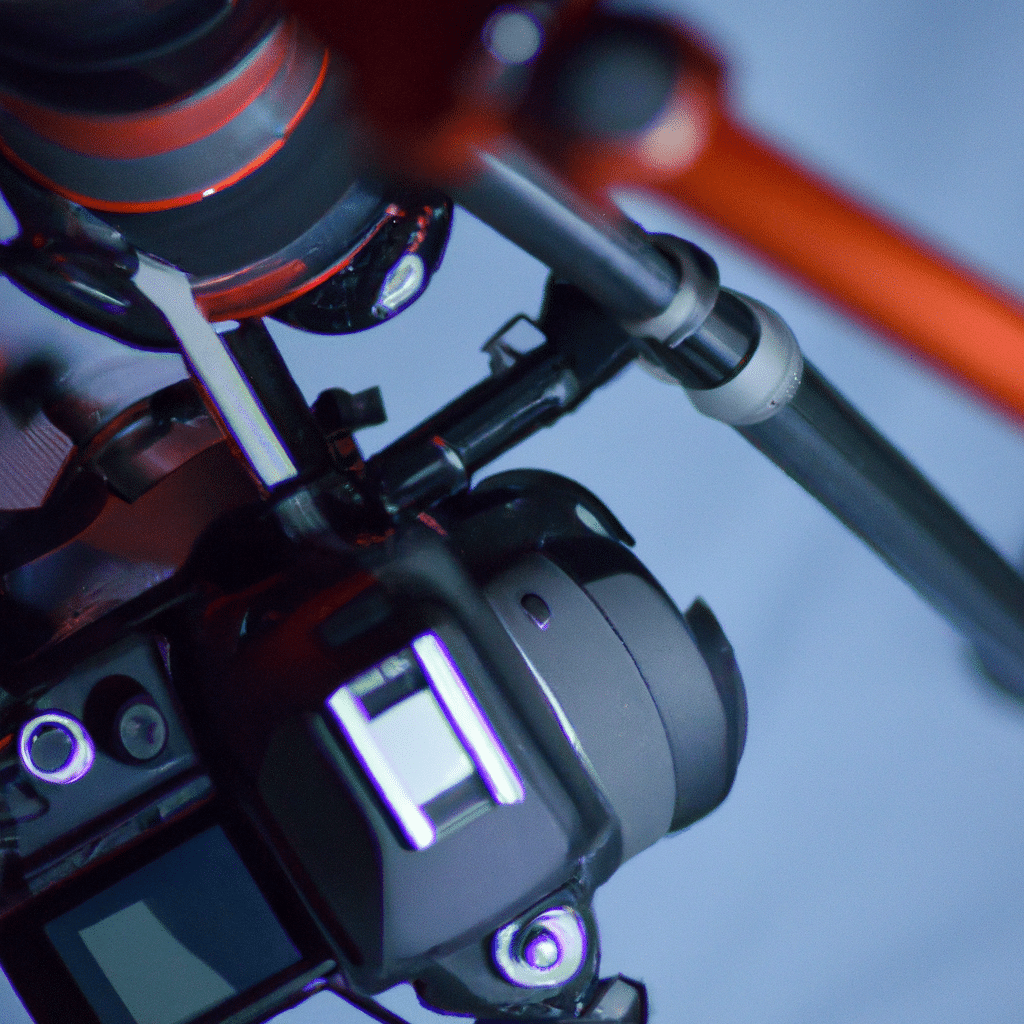
While tripods play a crucial role in stabilizing your camera, another important aspect of photography is autofocus. Explore the evolution of camera autofocus systems and how they have revolutionized the way we capture images. From early manual focus systems to advanced autofocus technologies, understanding the history and advancements in autofocus can greatly improve your photography skills. Read more about the evolution of camera autofocus systems here.
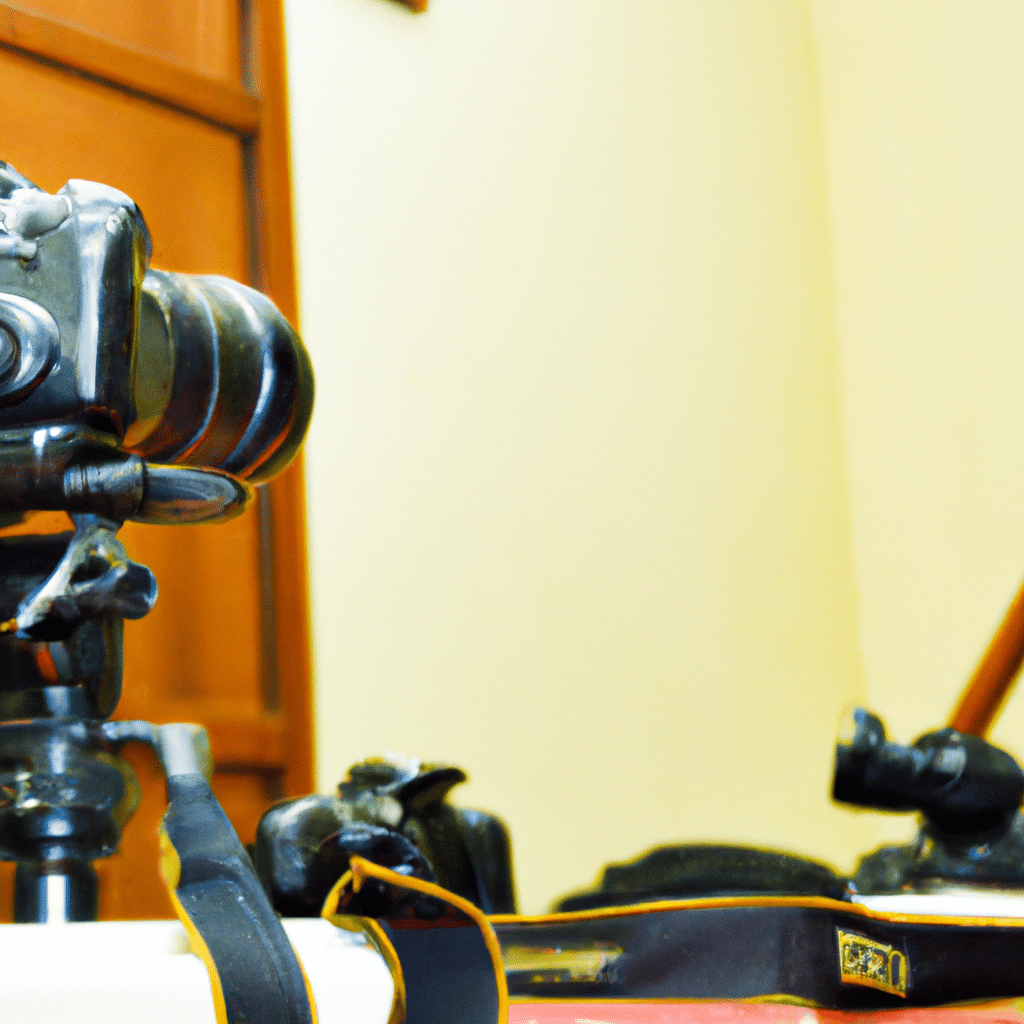
Automotive photography requires precision and capturing the perfect angle. Tripods play a crucial role in achieving stability and allowing photographers to compose their shots with utmost accuracy. Discover how tripods contribute to automotive photography and learn tips and techniques for capturing stunning images of cars. Whether you’re shooting for magazines, advertisements, or personal projects, understanding the role of tripods in automotive photography is essential. Find out more about the role of tripods in automotive photography here.

